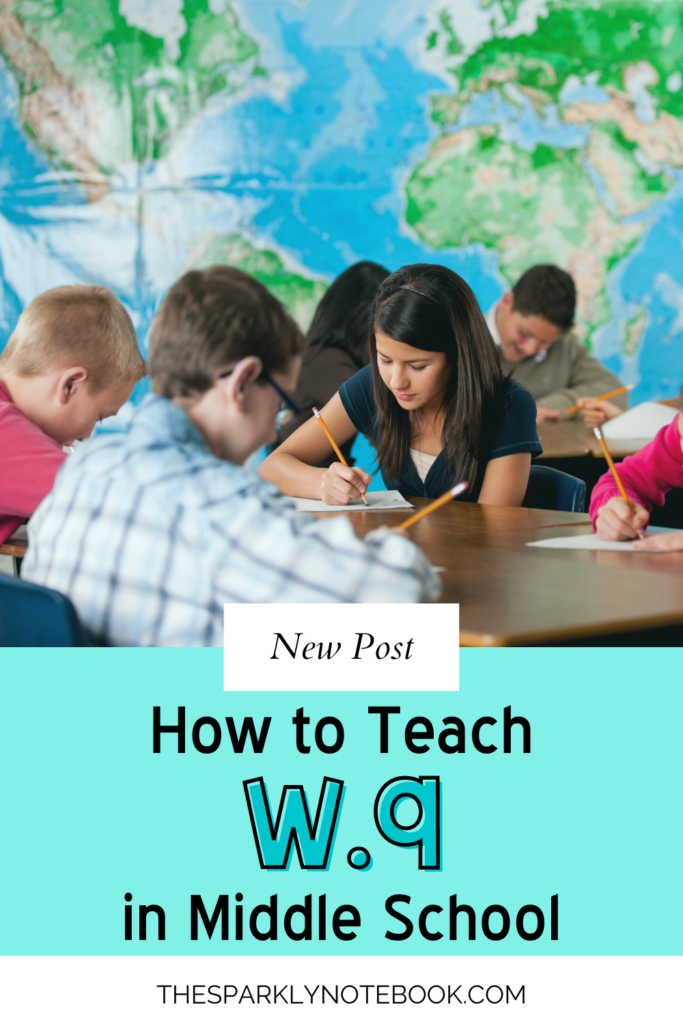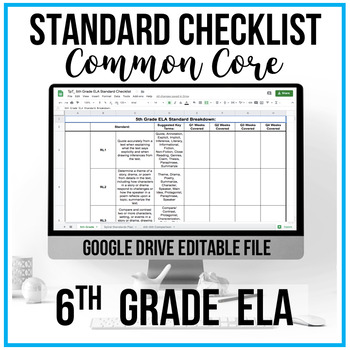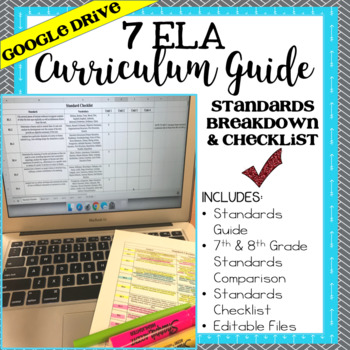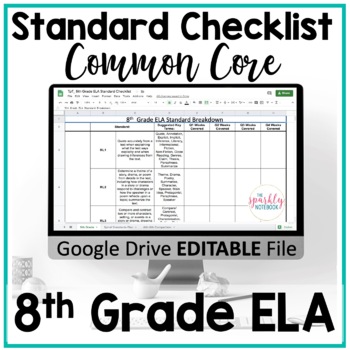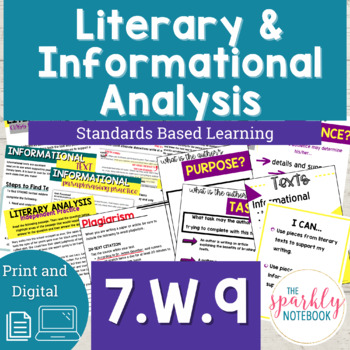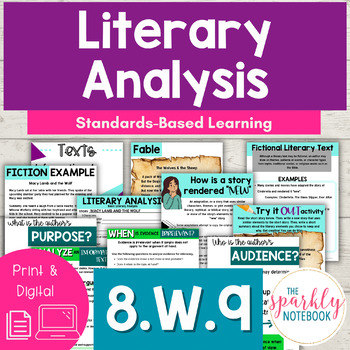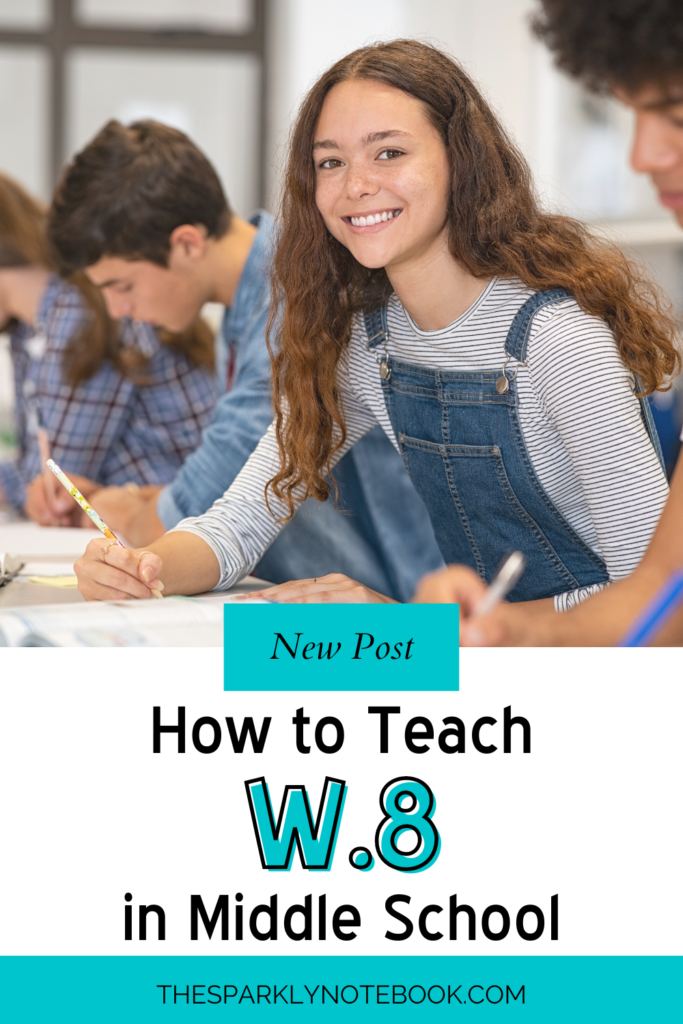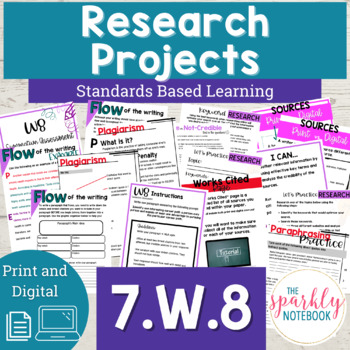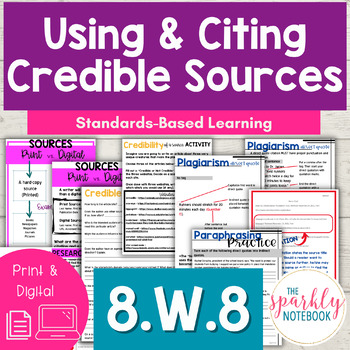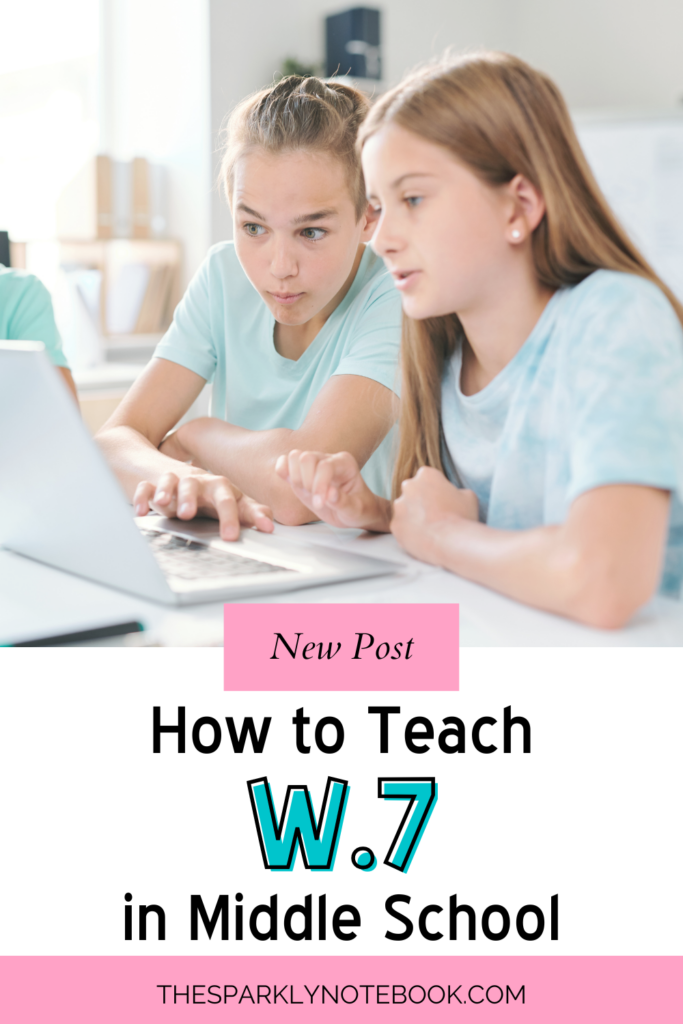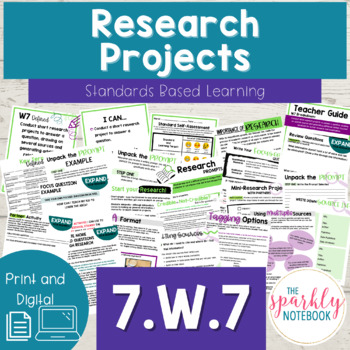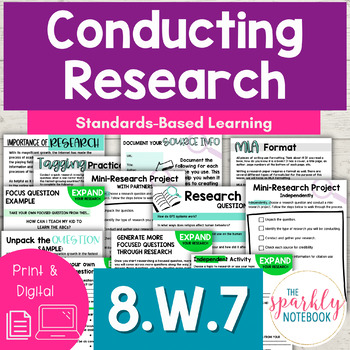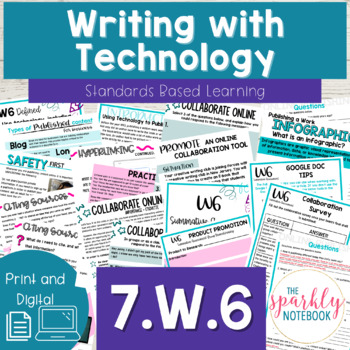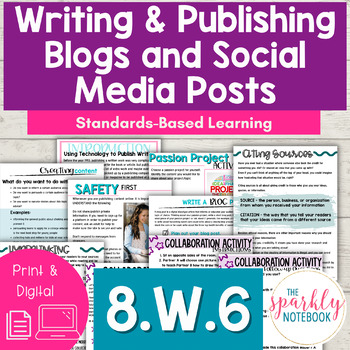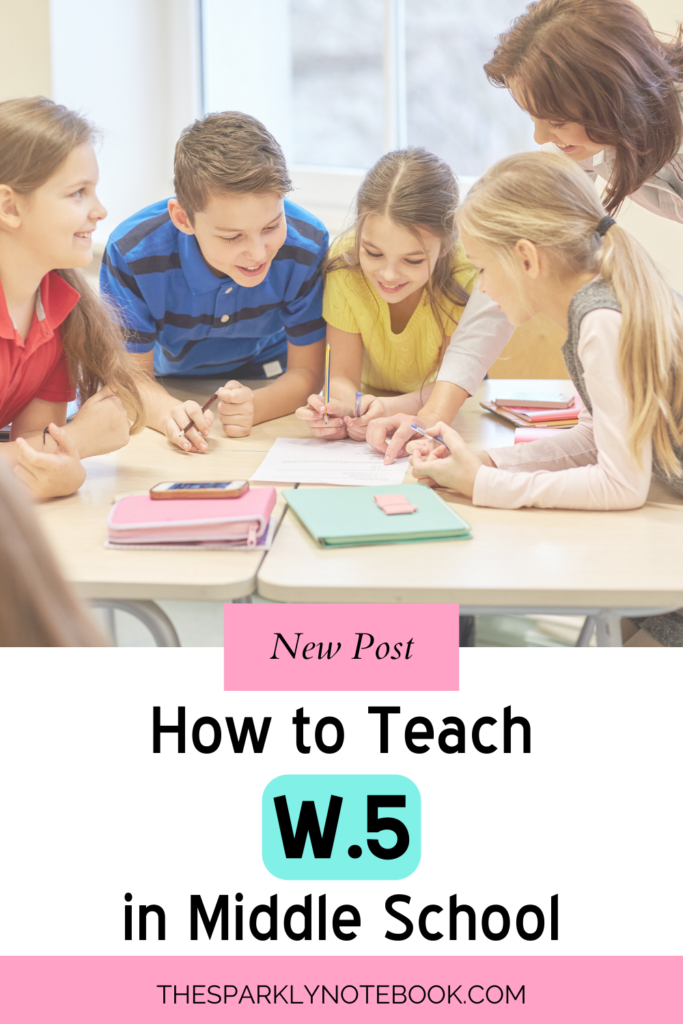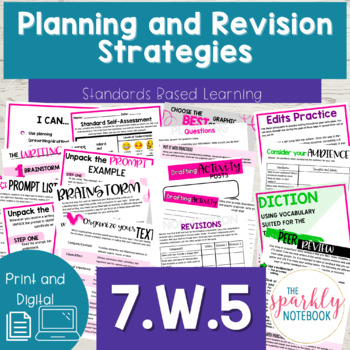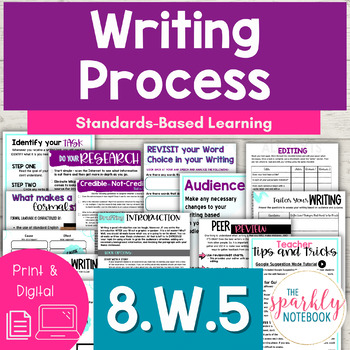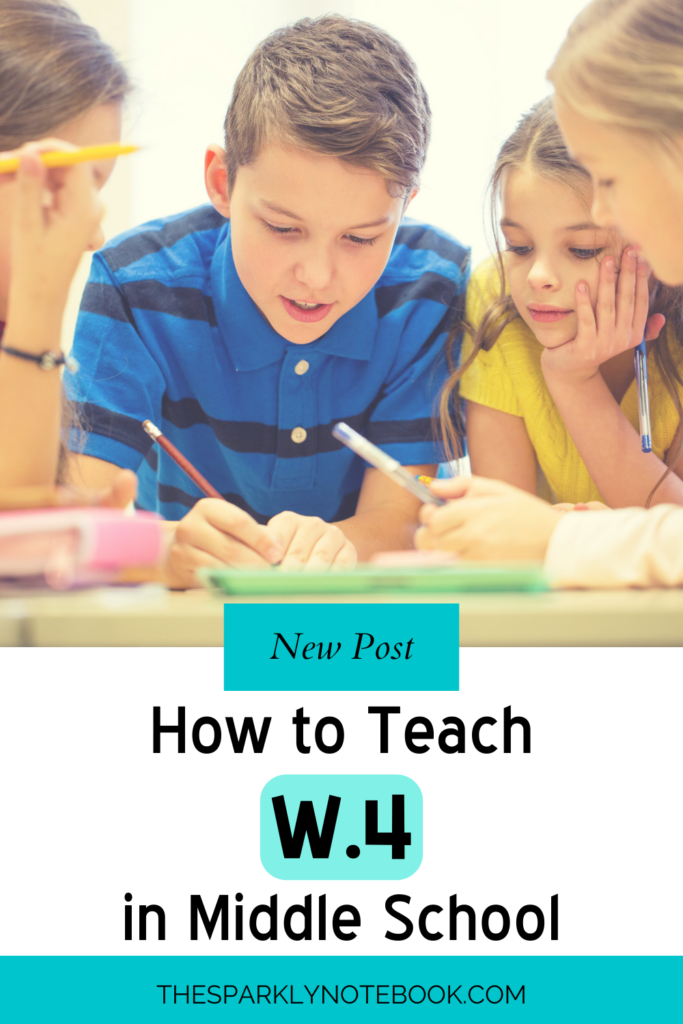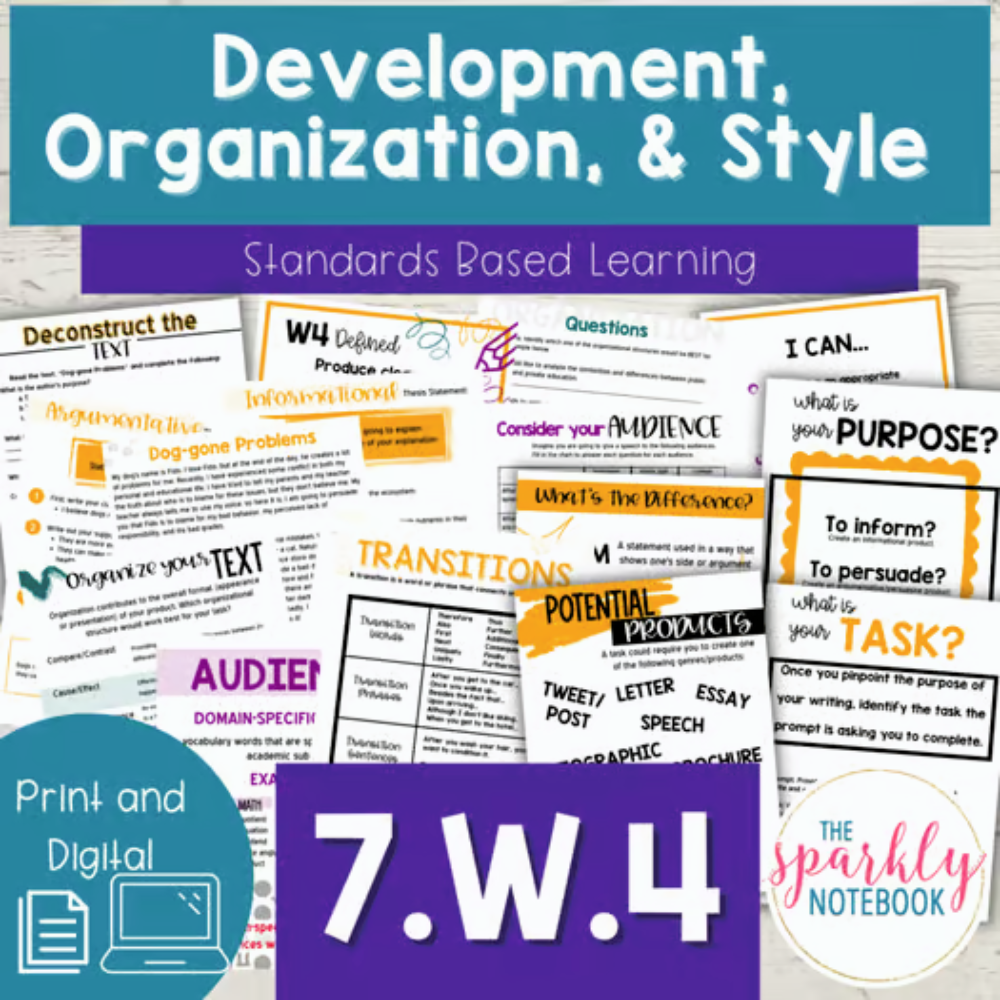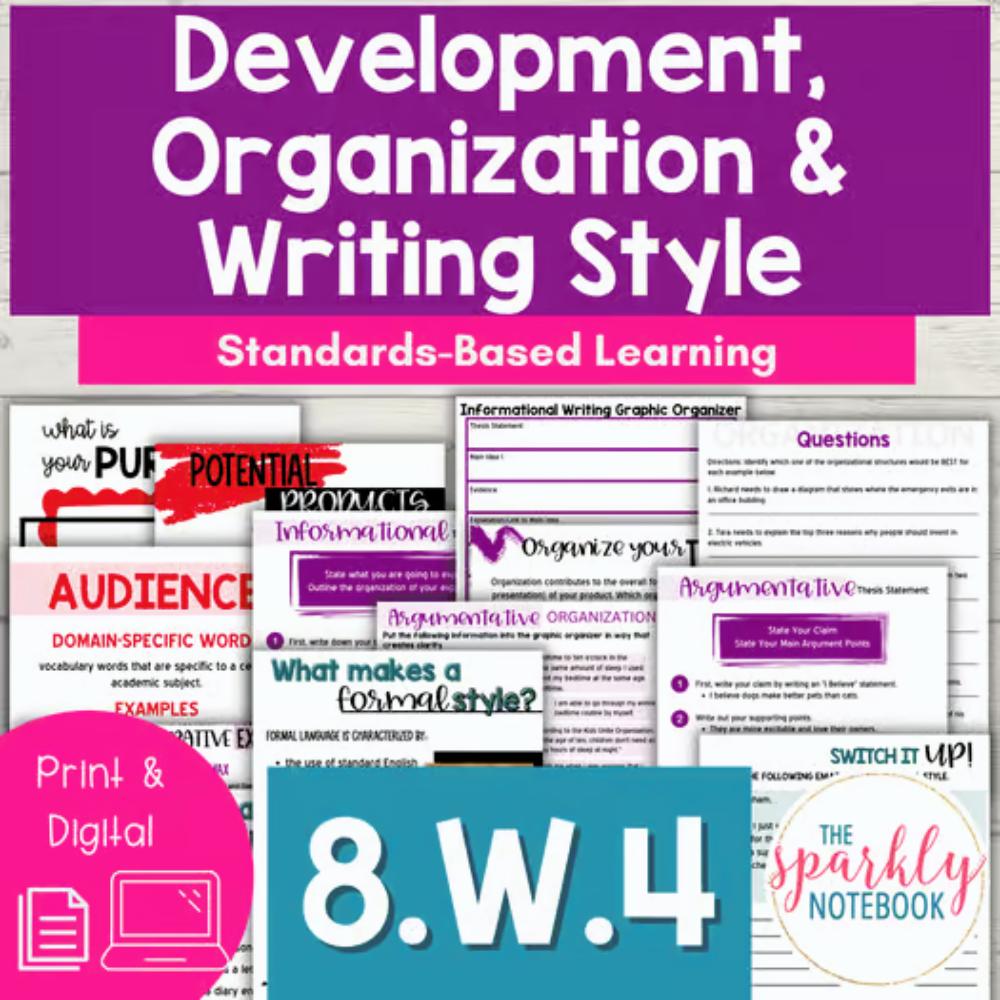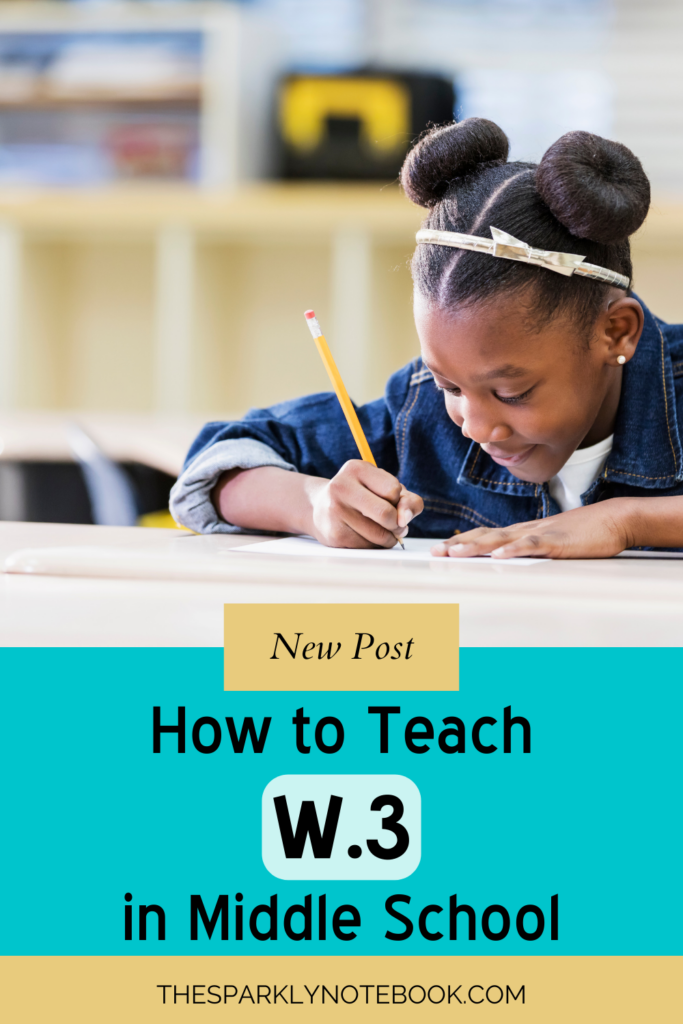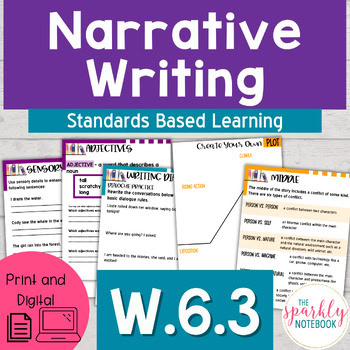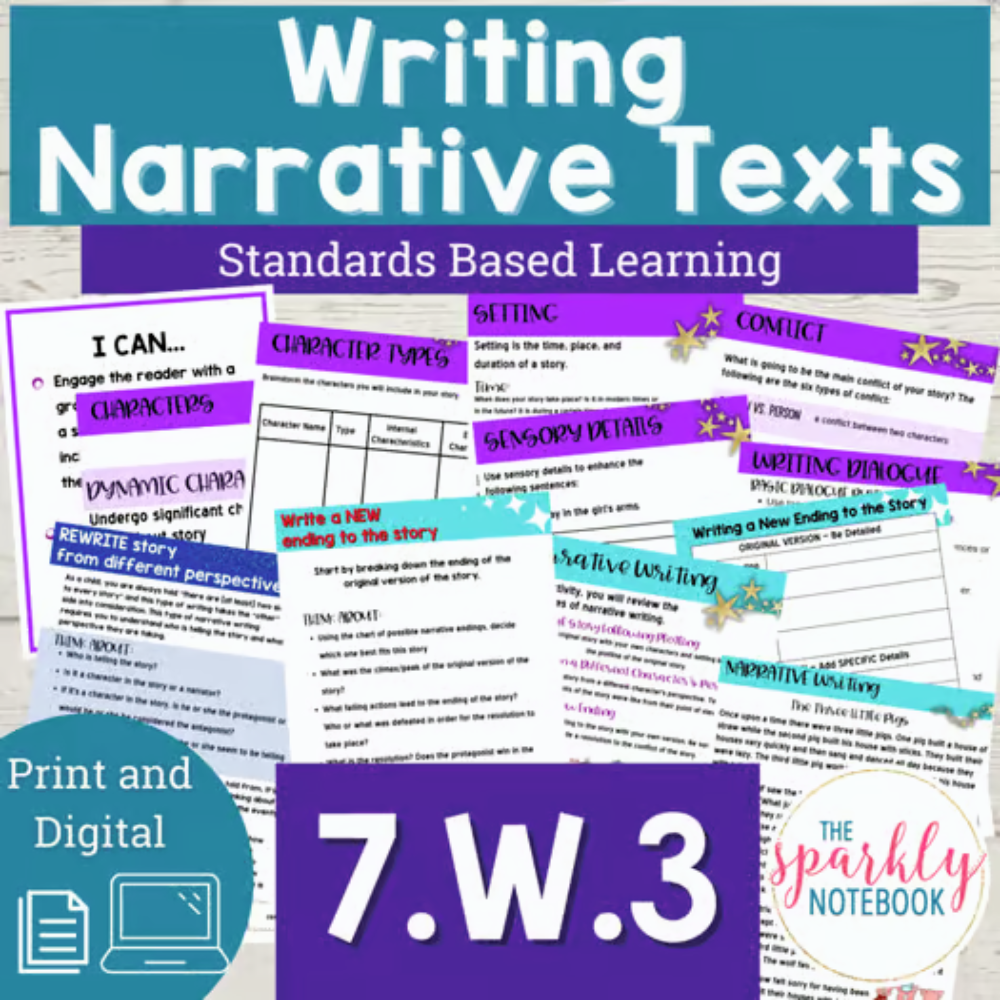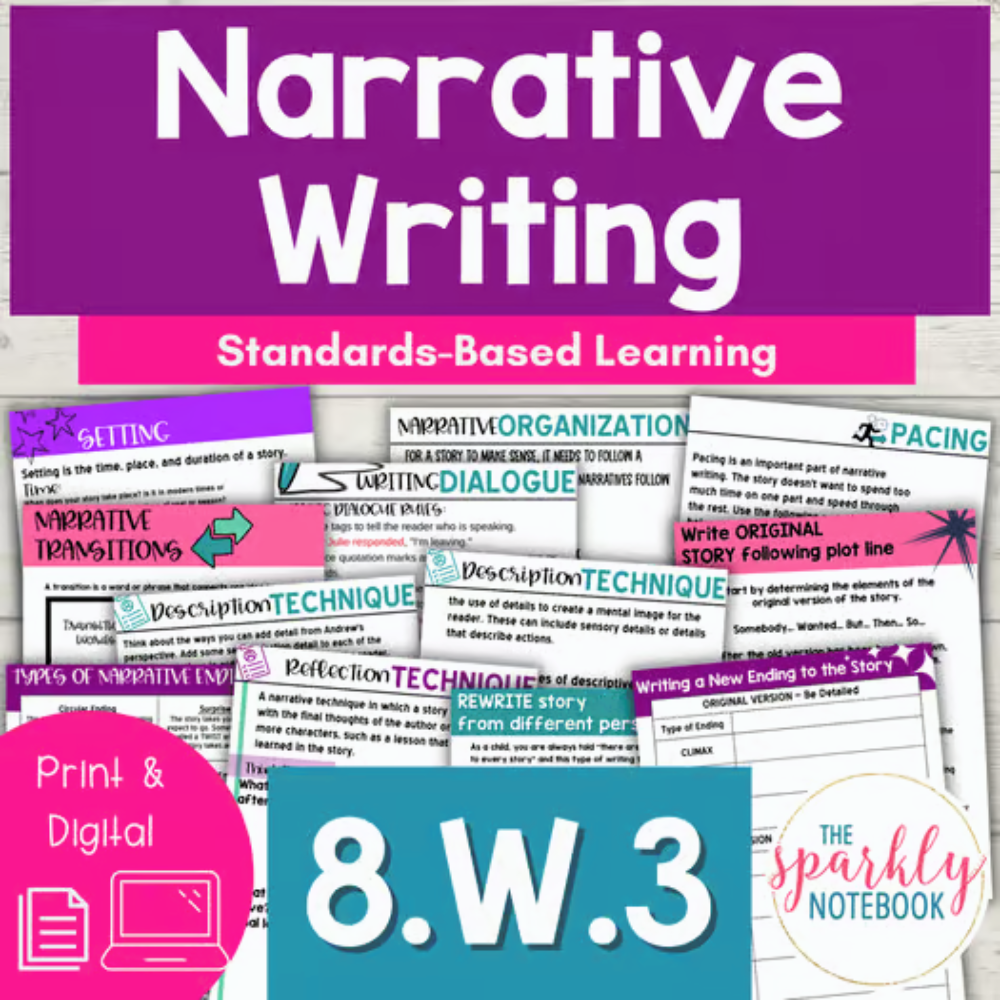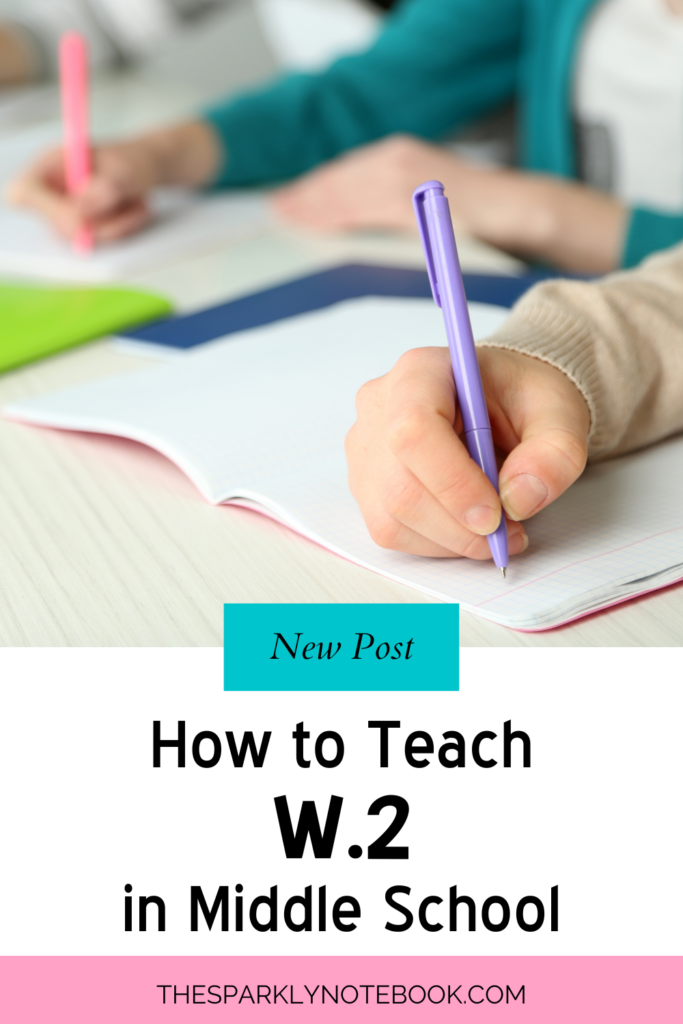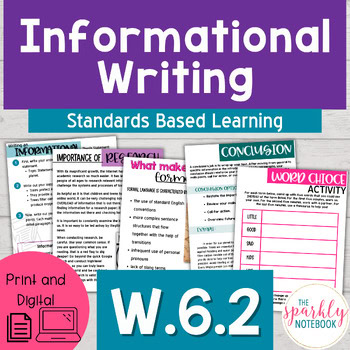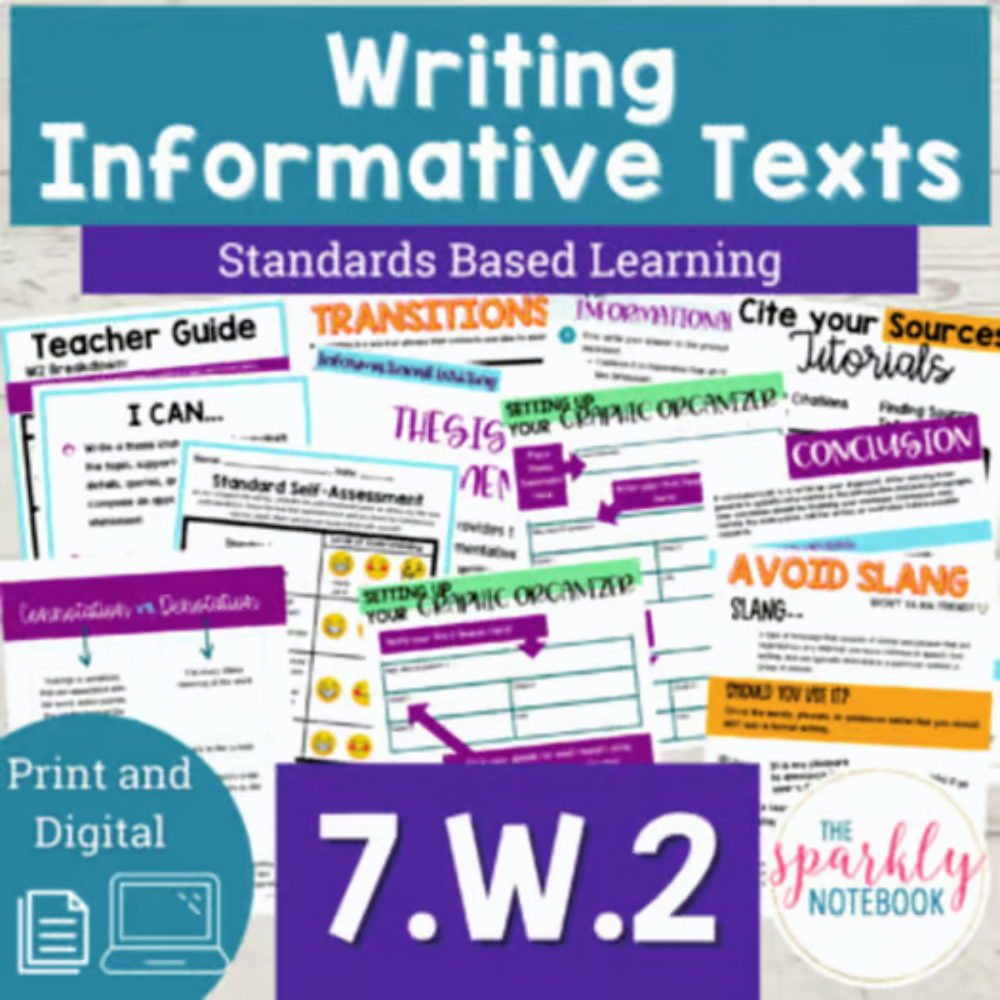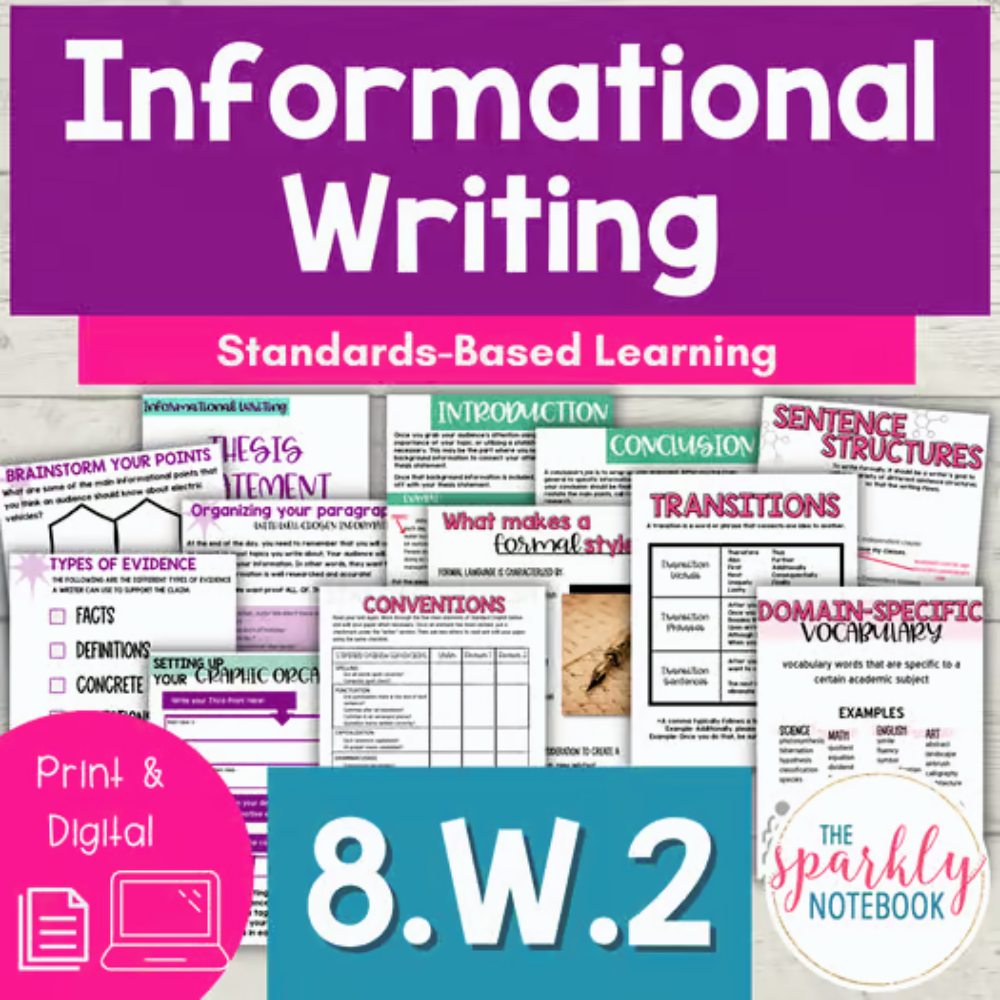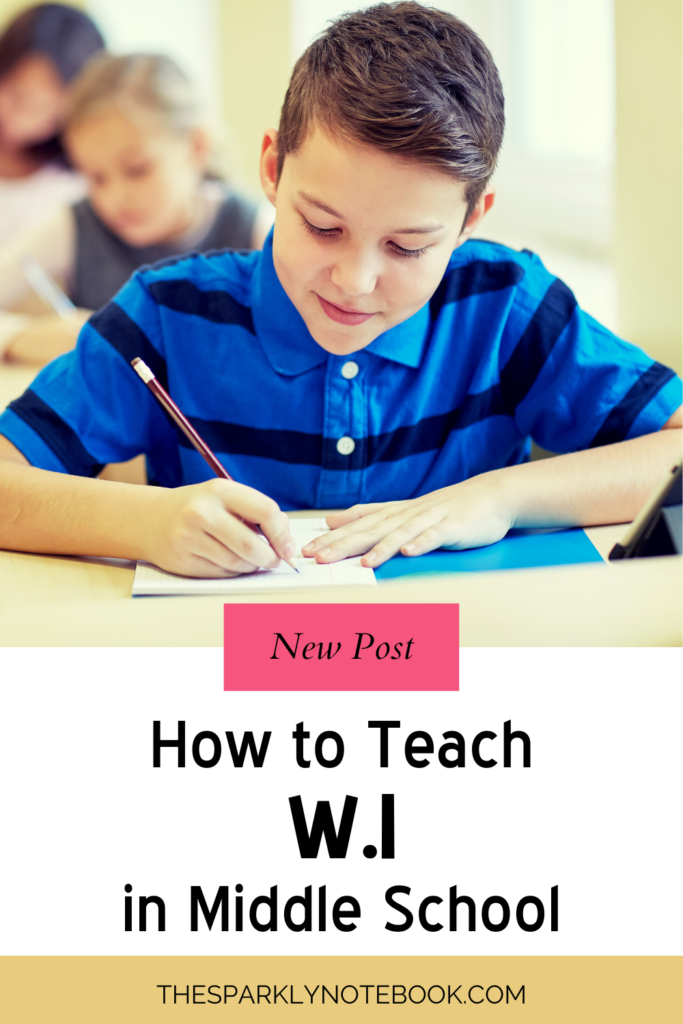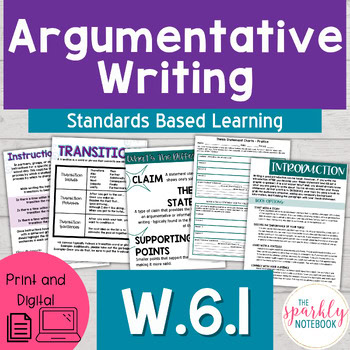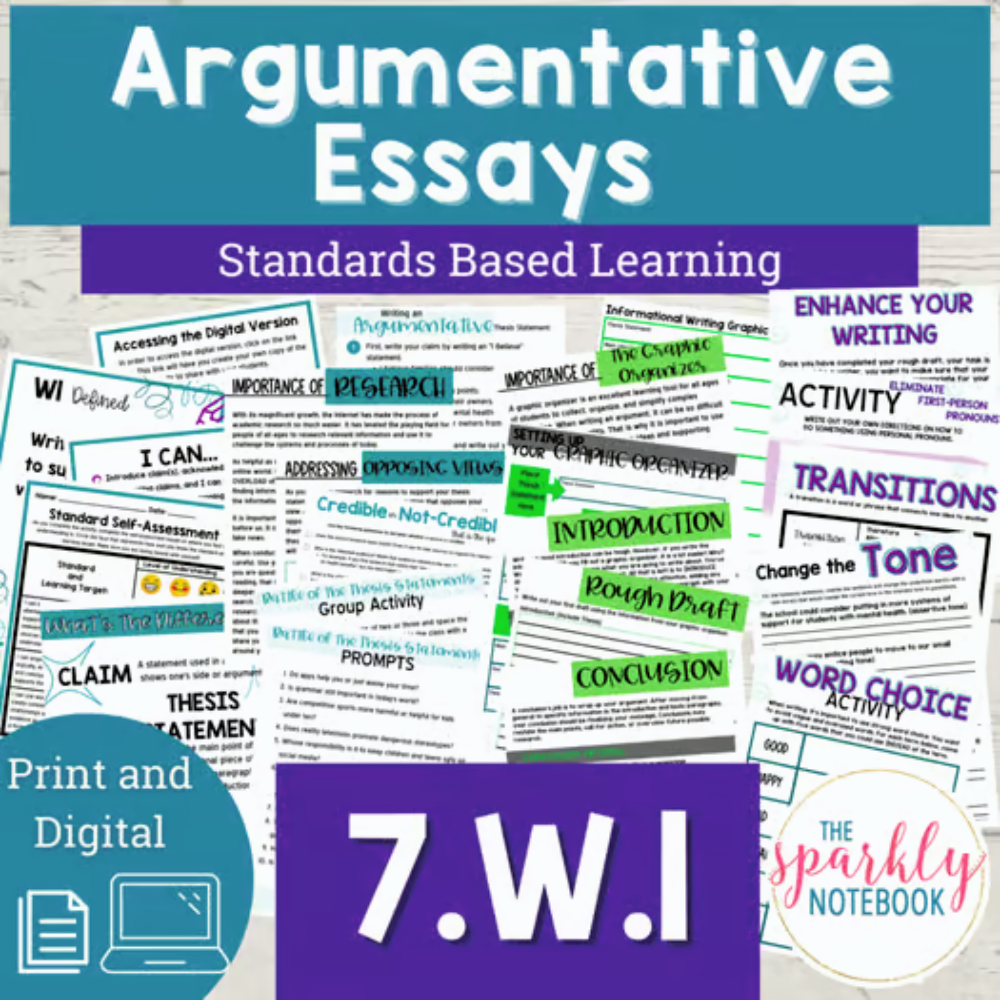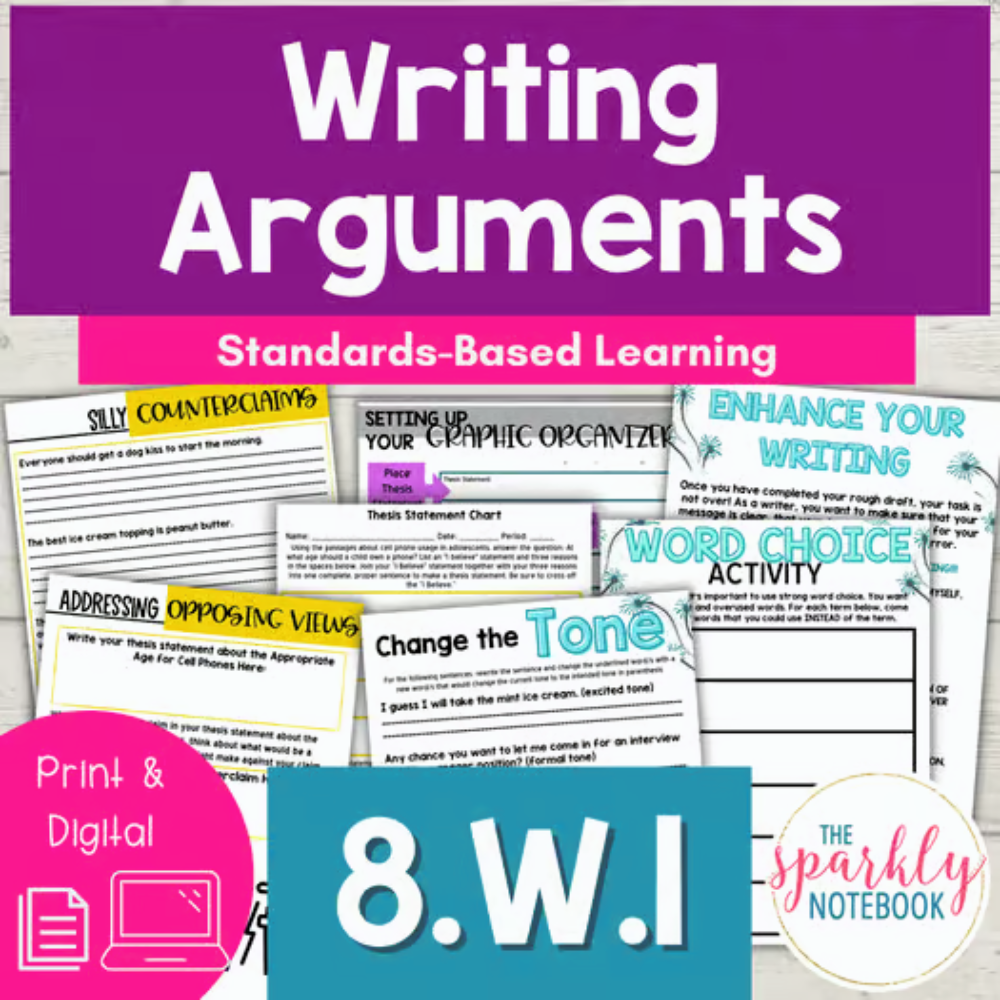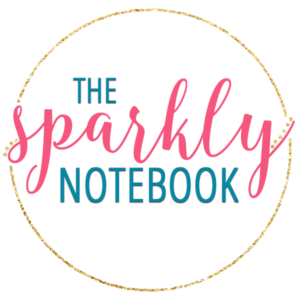As the school year comes to a close, it’s the perfect time to engage students in some reflective writing activities.
Although there are lots of different directions you can go with this kind of writing, we have 5 activities you can use to get the imaginative juices flowing.
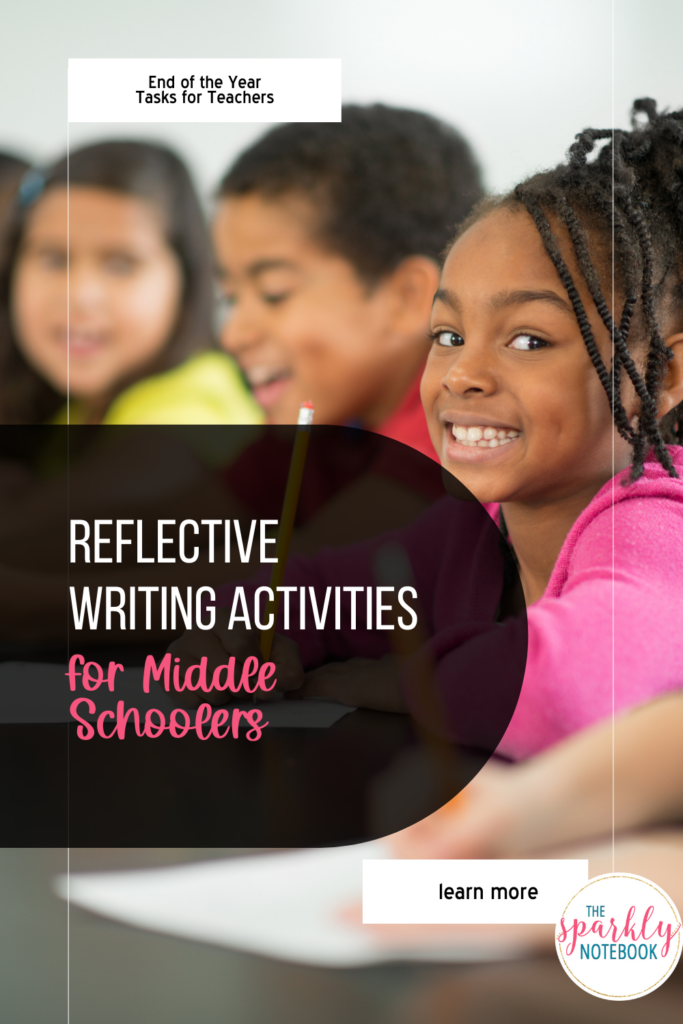
End-of-Year Reflective Writing Activities
#1 | “A Year in the Life” Blog Post
Much like the “A Year in Sports” books, this post will be where the students will document some of the most memorable moments from the last year.
You can give them different areas to focus on (i.e., sports, art, fashion, friendships, projects, etc.). Write in the style of a blog post, and maybe link to their writing and share them with parents or other class members on the class Facebook page.
#2 | Memory Lane Journal
Create an interactive “Memory Lane” using Canva or another design/project program.
Students will create a “Memory Lane” image and then hyperlink different images so that when they are clicked on, people can read more about that moment.
Being able to hyperlink and make presentations digitally is part of the process, so be sure to teach it ahead of time if possible. If you need help check out our W6 products for 7th and 8th grade, which include lessons on hyperlinking.

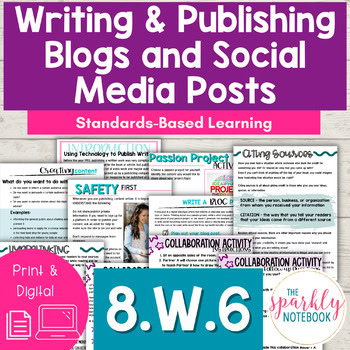
#3 | Character Growth Narrative
Ask students to reflect on the characters they’ve encountered in literature, movies, or even real life throughout the school year.
Ask them to choose a character that they believe embodies qualities they admire or aspire to develop.
In a reflective narrative, students can explore how the character’s journey and traits have influenced their own goals, growth, or journey.
#4 | Write a Play
Ask students to pick out an event from the last year. Then, using what they’ve learned about adapting a story or narrative, students will adapt a story from the news, their life, or a book that they’ve read into a play that could be performed by students in their class. In the final weeks of class, students will read the plays aloud as a class.
#5 | Random Draw Journaling
Ask students to write down one thing that has happened to them in the last year.
Put the memory into a hat or bucket, mix them up, and pass the bucket around the room.
Each student will pick out a memory and use that memory to inspire their own reflective journaling.
End-of-year reflective writing activities provide middle school students with a valuable opportunity to think back on their school year, recognize their achievements, navigate challenges, and set goals for the future.
As educators, let’s celebrate the growth and accomplishments of our students and guide them toward a successful transition to the next chapter of their academic journey.
Looking for help to design your standard-aligned curriculum next fall?
